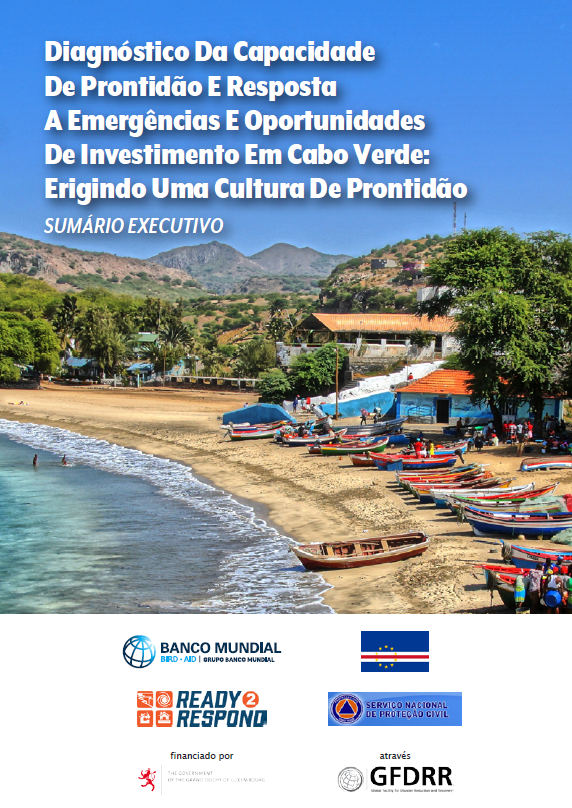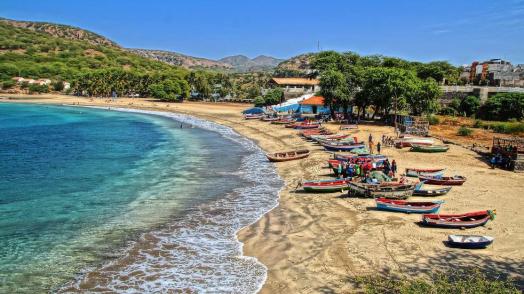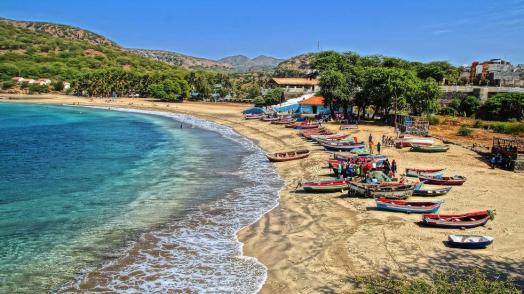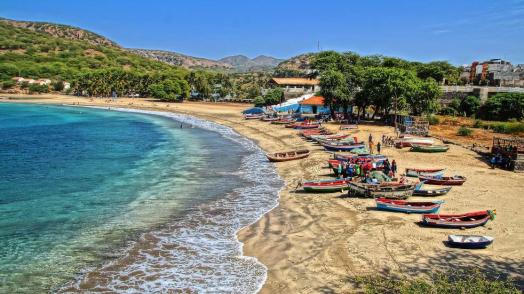Este sumário executivo contém os resultados do Diagnóstico da Capacidade de Prontidão e Resposta a Emergências (EP&R) em Cabo Verde. O resumo também abrange as prioridades de investimento recomendadas.
Os objetivos do diagnóstico foram:
- Recomendar programas e investimentos futuros, a fim de fortalecer o sistema de EP&R de Cabo Verde; e
- Contribuir para melhorar a eficiência, evitar a duplicação de esforços e aumentar os benefícios da colaboração entre as principais entidades do governos, de ajuda de emergência, do setor privado e dos grupos da sociedade civil.
O Diagnóstico foi realizado seguindo a estrutura conceitual de EP&R do GFDRR, que captura um sistema abrangente e ajuda a identificar oportunidades de investimentos, e se baseia em cinco componentes principais inter-relacionados dos sistemas de prontidão e resposta a emergências. Esses são:
- Responsabilidades legais e institucionais
- Informação
- Infraestrutura
- Equipamento
- Recursos humanos
Cada componente foi medido utilizando um conjunto de critérios que abordam aspectos particular de um sistema funcional de EP&R para Cabo Verde. Por sua vez, cada critério incluiu um conjunto de quatro indicadores, cada um com cinco atributos-chave que medem a maturidade do respetivo quesito do sistema de prontidão e resposta.
No total, o Diagnóstico examinou 360 dados individuais relacionados à pujança do sistema EP&R em Cabo Verde.
O Diagnóstico foi realizado pelo Serviço Nacional de Proteção Civil e Bombeiros de Cabo Verde, com o apoio do Banco Mundial no âmbito do Financiamento da Política de Desenvolvimento de Gestão de Riscos de Desastres com uma Opção de Saque Diferida por Catástrofe (Cat DDO). Esse diagnóstico foi realizado com o apoio técnico da GFDRR por meio de uma nova abordagem holística para fortalecer os sistemas de EP&R do governo, a fim de projetar estratégias práticas, porém detalhadas, para resiliência.
Este relatório e as atividades associadas foram financiadas pelo Governo do Grão-Ducado do Luxemburgo por meio da GFDRR.




